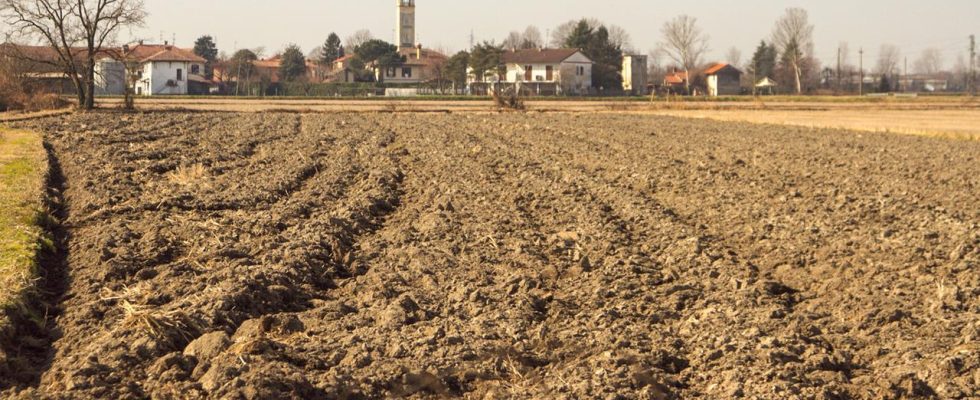If high or low pressure areas do not move for a long time, they cause drought or heavy rain. According to a study, climate change increases the risk of simultaneous regional crop failures.
According to a study, simultaneous extreme weather events in two important grain-growing regions could threaten food security in many countries. “Simultaneous crop failures in key growing regions pose a systemic risk, as the associated rising food prices can lead to conflict and malnutrition in countries that rely on imports,” said a research group led by Kai Kornhuber from Columbia University in New York.
The scientists investigated what crop losses were associated with such events in the past and what changes can be expected as a result of climate change. In East Asia, for example, unfavorable weather conditions in the period 1960 to 2014 saw up to seven percent less wheat and corn in the region.
Droughts or heavy rain due to prolonged high and low pressure areas
The authors of the study, who published their results in the journal “Nature Communications”, point out that the dangers of crop failures are hardly taken into account in current climate models. For their analysis, the scientists focused on the crops wheat and maize. Around two-thirds of world production comes from the regions of North America, Western Europe, Eastern Europe, India and East Asia.
High and low pressure areas, which sometimes hardly move from the spot for weeks and therefore cause droughts or extreme precipitation, are usually caused in the northern hemisphere by certain constellations in the jet stream. The polar jet stream is a band of strong winds that winds around the earth at an altitude of nine to twelve kilometers on the border between subtropical warm air and polar cold air.
The jet stream can form large waves, so-called Rossby waves. If these do not continue to move but stand still, high and low pressure areas can remain over a region for a long time. Rossby waves with five and seven crests are known for the summers in the northern hemisphere.
probability for crop failures increases as North America is affected
Kornhuber and colleagues searched historical data (1960 to 2014) for events where more than one granary had low yields that were associated with Rossby waves. Using multiple models, they determined that in past Rossby waves with seven crests, the wheat and corn harvest was up to seven percent lower in East Asia, six percent lower in North America and three percent lower in Eastern Europe. For five-peak Rossby waves, it was 3.7 percent less in Eastern Europe and two percent less in North America.
The researchers also examined the likelihood of simultaneous crop losses occurring in two of the granaries in the past. The probability was particularly increased when North America was one of the affected regions.
In the model simulations of the future development (2045 to 2099 with a very strong increase in carbon dioxide emissions), the risk of high crop losses increases particularly when North America and East Asia are affected by the Seven Mountains Rossby waves. With five-mountain Rossby waves, the probability of high crop losses increases when North America and Eastern Europe are affected on the one hand and India and Western Europe on the other.
Germany can cover its wheat needs itself
Russia’s war against Ukraine last year showed how difficult the situation on the world market becomes when two of the major grain suppliers stop exporting grain due to the war. In the course of climate change, weather-related crop failures could lead to even more serious situations. The authors of the study therefore advocate more research in this area.
According to the Federal Statistical Office, Germany can cover its wheat requirements through its own cultivation. Germany is only dependent on imports for maize as animal feed. In 2022, around 3.2 million tons of corn were imported onto the German market.

